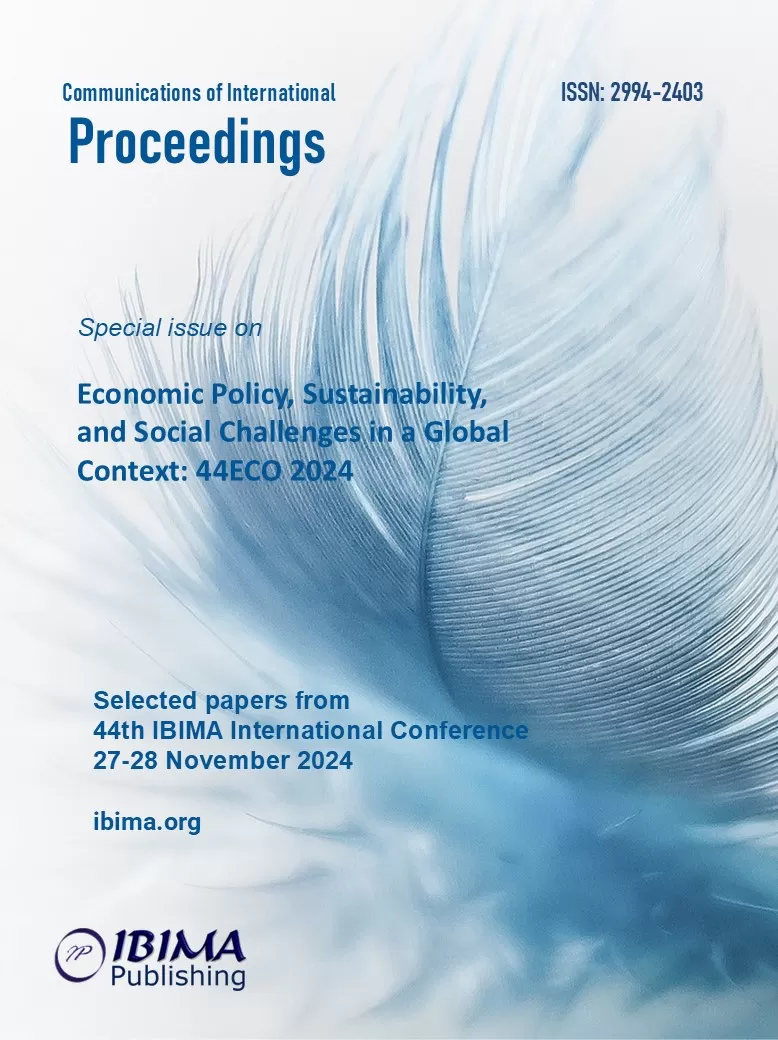
Marius BULEARCĂ, Cornelia NEAGU, Daniel Fistung and Cristian SIMA
Center for Industry and Services’ Economics, Romanian Academy, Bucharest, Romania

This paper intends to present different models for the decision-making process in mining enterprises. Initially, the most significant models for determining the optimal drilling research programs for mineral deposits are presented. Hence, the paper first introduces four models dedicated to solving different problems raised by the needs of geological practice (such as the number of drillings that must be executed in certain areas to obtain maximum efficiency, to ensure a total given efficiency thus minimizing the execution expenses, and to accrue amounts of information for achieving optimum exploration in the mining industry), and the total investment available to acquire a maximum economic effect. The analysis continues by presenting a fifth model that helps find the probability of intercepting and discovering a useful mineral vein. The rest of the paper is dedicated to models regarding the exploitation of poor resources and how determining the optimal value of the parameters can be made. In doing this, the first model is based on the calculation of total costs related to the geological block, while the second model estimates the volume of accumulations of useful mineral substance so that the extraction is within acceptable cost limits. Finally, we may say that the obtained results and conclusions can be useful for further analysis. As such, to deepen the analysis related to these issues, in the following papers, other models that solve the problem of optimum investment programs in the mining industry to maximize the company’s profits will be introduced.